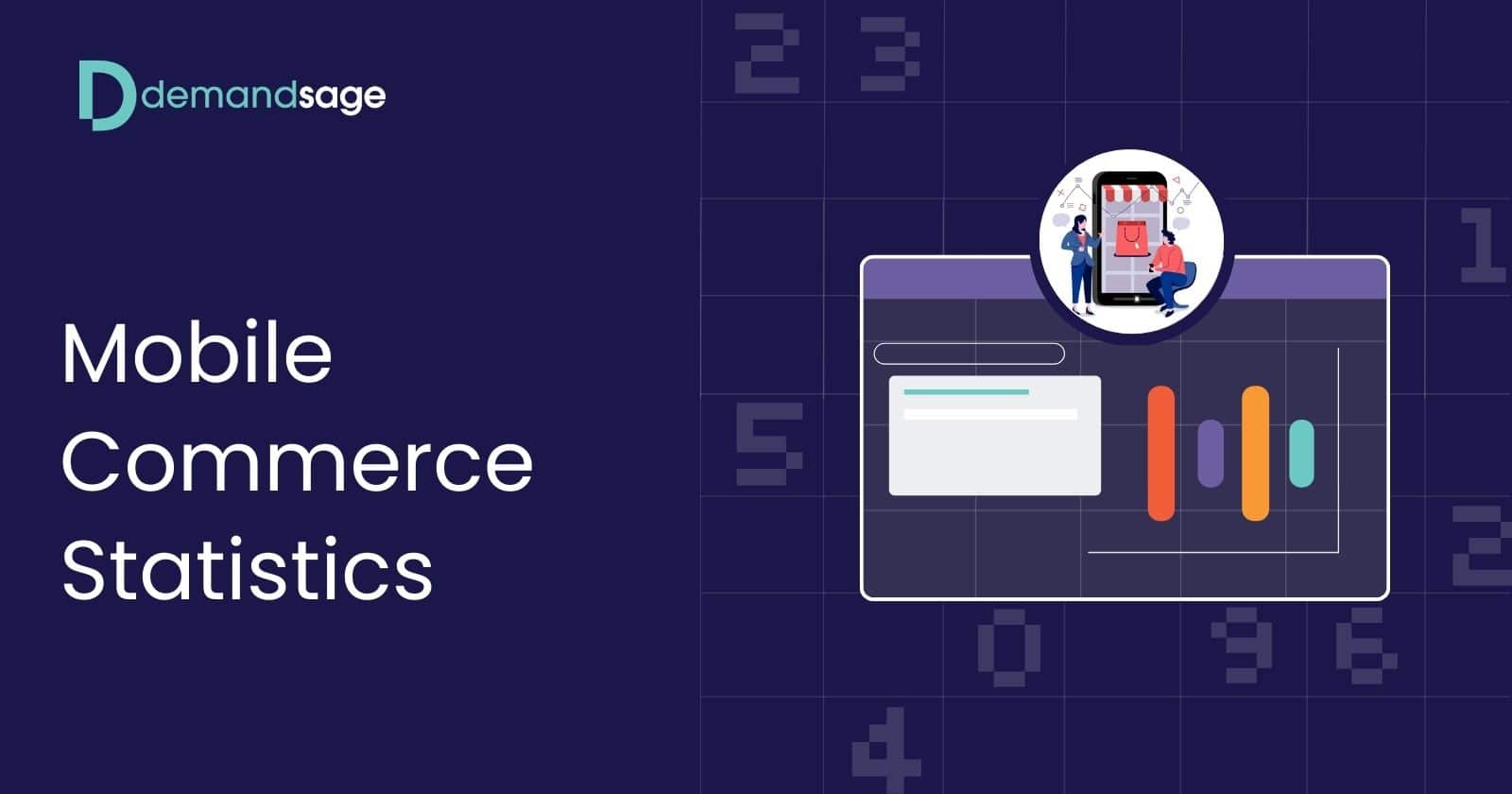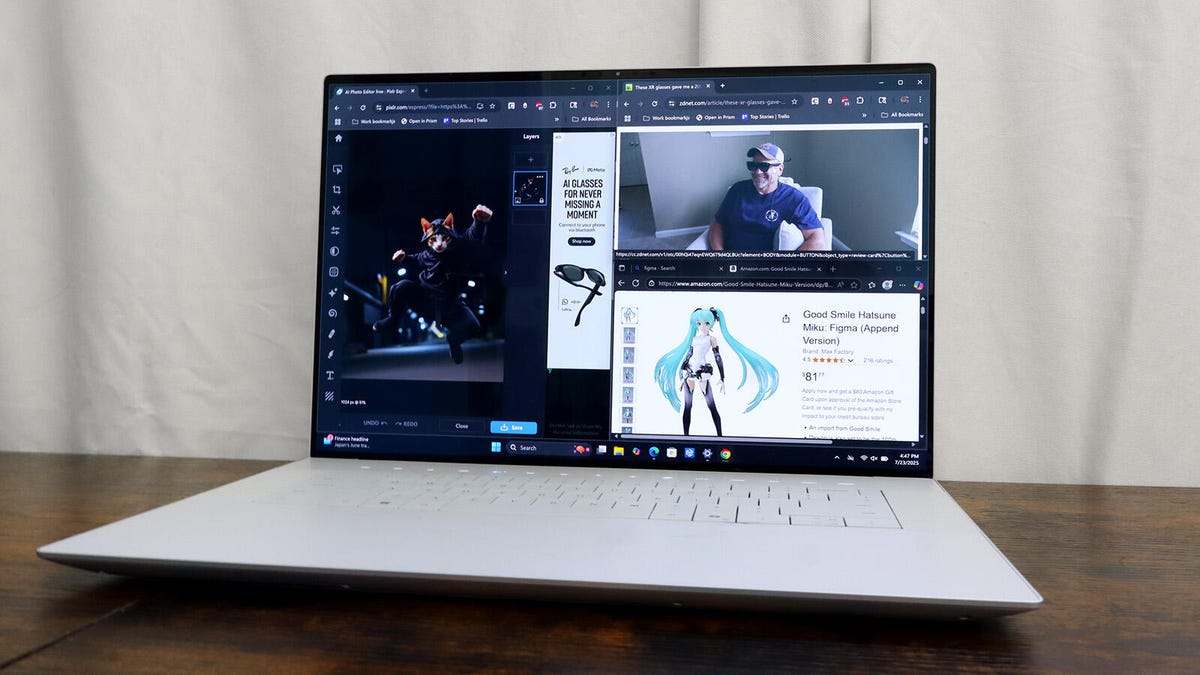In 2025, over 1.65 billion people are expected to shop through their phones, accounting for nearly one-third of the global digital population. The global mobile commerce market itself is already worth trillions and is projected to grow at double-digit rates over the next decade.
Over the past few years, mobile commerce or m-commerce has become one of the major forces in the e-commerce industry. Billions of people globally rely on their smartphones for their purchases, making m-commerce a core e-commerce facility.
This article covers the current state of the m-commerce market, consumer adoption, market share, and more.
Top Mobile Commerce Statistics 2025
- As of 2025, mobile commerce is estimated to account for 59% of total online retail sales.
- In the United States, 76% of consumers prefer shopping through their smartphones, representing more than 200 million shoppers.
- Approximately 70% of mobile purchases in the U.S. take place through e-commerce apps.
- Globally, around 1.65 billion people are expected to shop via smartphones in 2025.
- The global mobile commerce market is forecasted to reach $14 trillion by 2033, growing at a CAGR of 25.3% from 2025 to 2033.
- Mobile commerce sales worldwide are expected to reach $2.51 trillion in 2025, up from $2.07 trillion in 2024.
- By 2028, global mobile commerce sales are projected to reach $3.35 trillion, with a CAGR of 12.76% between 2024 and 2028.
How Many People Shop Through Mcommerce?
As of 2025, approximately 1.65 billion people shop through their mobile phones.

This figure represents nearly one in three internet users globally, highlighting the central role smartphones now play in the digital shopping journey.
Over the past decade, the number of consumers relying on mobile devices for purchases has grown steadily. What was once seen as a convenient option has now become a preferred and habitual way of shopping
Source: Statista.
How Big Is The Mobile Commerce Market?
In 2024, the global mobile commerce market was valued at approximately $1.8 trillion ($1,836.3 billion).
By 2033, the market is projected to reach nearly $14 trillion ($14,008.5 billion), growing at a 25.3% CAGR between 2025 and 2033.
With a 38.7% market share in 2024, the Asia Pacific region is the largest hub for mobile commerce.
Globally, mobile commerce is expanding rapidly because more people use smartphones, payment technologies are becoming smoother and safer, and personalized shopping is improving the overall user experience.


Here is a table displaying the estimated market size of the mobile commerce industry by year:
| Year | Market Size ($) |
|---|---|
| 2024 | 1.8360 Trillion |
| 2025* | 2.3005 Trillion |
| 2026* | 2.8825 Trillion |
| 2027* | 3.6118 Trillion |
| 2028* | 4.5256 Trillion |
| 2029* | 5.6694 Trillion |
| 2030* | 7.0992 Trillion |
| 2031* | 8.8846 Trillion |
| 2032* | 11.1121 Trillion |
| 2033* | 14.0085 Trillion |
*-Estimated Values
Source: IMARC
Global Mobile Commerce Sales
In 2025, global mobile commerce sales are expected to reach 2.51 trillion dollars, up from 2.07 trillion dollars in 2024.
This shows a year-over-year increase of about 440 billion dollars.
Looking ahead, mobile commerce sales are projected to grow to 3.35 trillion dollars by 2028, supported by a strong CAGR of 12.76% from 2024 to 2028.


Here is a table displaying the m-commerce sales revenue by year:
| Year | M-commerce Revenue ($) |
|---|---|
| 2028* | $3.35 Trillion |
| 2027* | $3.02 Trillion |
| 2026* | $2.74 Trillion |
| 2025* | $2.51 Trillion |
| 2024 | $2.07 Trillion |
| 2023 | $1.71 Trillion |
| 2022 | $1.48 Trillion |
| 2021 | $1.4 Trillion |
| 2020 | $1.1 Trillion |
| 2019 | $810 Billion |
| 2018 | $660 Billion |
| 2017 | $500 Billion |
*-Estimated Values
Source: Oberlo
Share of M-commerce in E-commerce
As of 2025, mobile commerce is expected to account for 59% of total retail e-commerce sales worldwide.
In comparison, in 2024, it accounted for around 57% of global e-commerce revenue. Looking ahead, by 2028, the share of mobile commerce is projected to rise to 63% of all retail ecommerce sales.


Here is a table displaying the share of m-commerce in e-commerce revenue by year:
| Year | Share of Total Retail Ecommerce |
|---|---|
| 2028* | 63% |
| 2027* | 62% |
| 2026* | 60% |
| 2025* | 59% |
| 2024 | 57% |
| 2023 | 54% |
| 2022 | 52% |
| 2021 | 49% |
| 2020 | 48% |
| 2019 | 46% |
| 2018 | 43% |
| 2017 | 40% |
*-Estimated Values
Source: Oberlo, Soax
Mobile Commerce Sales In the United States
In 2024, retail mobile commerce sales in the US are expected to reach 542.73 billion dollars.


This makes up about 7.4% of the country’s total retail sales. Within e-commerce, mobile shopping is even more significant. In 2024, mobile commerce was projected to account for 44.6% of total US retail ecommerce sales.
Source: Oyelabs
In the United States, more than three out of four adults (76%) are expected to shop using their smartphones.
This translates to over 200 million mobile shoppers nationwide, highlighting widespread adoption of mobile commerce in the country.
Nearly 92% of these mobile shoppers are under the age of 50. This indicates that mobile shopping is majorly popular among younger and middle-aged consumers, who are more comfortable with digital platforms and e-commerce.
Source: Shopify
Mobile Commerce Statistics By Country
In Japan, half of all online sales come from mobile and tablet devices.
For Japanese consumers, online shopping is one of their favorite activities after checking emails.
Meanwhile, the United Kingdom takes the second spot, where mobile commerce makes up 46% of total online sales. South Korea comes in third, with 45% of online sales happening through mobile devices.
Other countries in the top five include Australia and the Netherlands, both showing a strong share of mobile commerce in online shopping.
Here is an image showing the countries with the highest share of mobile commerce in online sales.


Source: TextMaster
Mobile Commerce Conversion Rates
The average mobile e-commerce conversion rate is 1.82%.


Traditionally, this rate has been around 1 to 3%.
However, these rates can differ significantly depending on the industry. For instance, in the retail sector, mobile conversion rates are slightly higher at 1.9%, while in the automobile industry, they drop to just 0.88%.
Hence, the average mobile commerce rates must be measured according to the industry standards.
Source: Convertcart.
Mobile Commerce Consumer Behavior
About 73% of consumers say they prefer shopping on their mobile phones.
On average, people spend over five hours a day on their devices, and a significant portion of this time goes into browsing or scrolling through shopping apps.
Whether it is checking out new arrivals, comparing prices, or adding products to wish lists, mobile devices are now at the center of the shopping journey.
Source: Cropink
When used effectively, push notifications have the potential to increase conversions by up to 88%.
These small reminders can make a big difference in guiding customers back to the shopping journey.
For example, a gentle nudge about items left in the cart, a limited-time discount alert, or a product update can capture attention at just the right moment.
Such timely messages not only encourage shoppers to return and complete their purchase but also create a sense of urgency and personalization among consumers.
Source: Cropink


